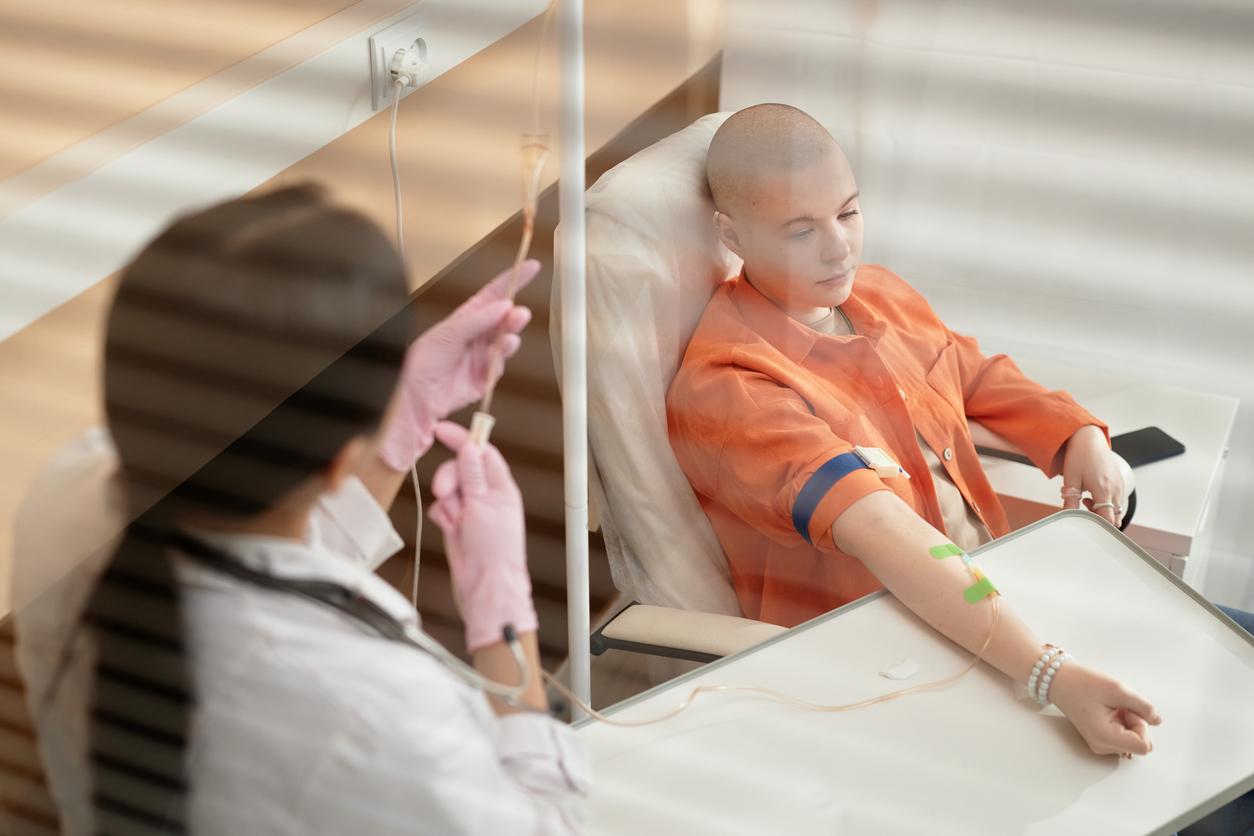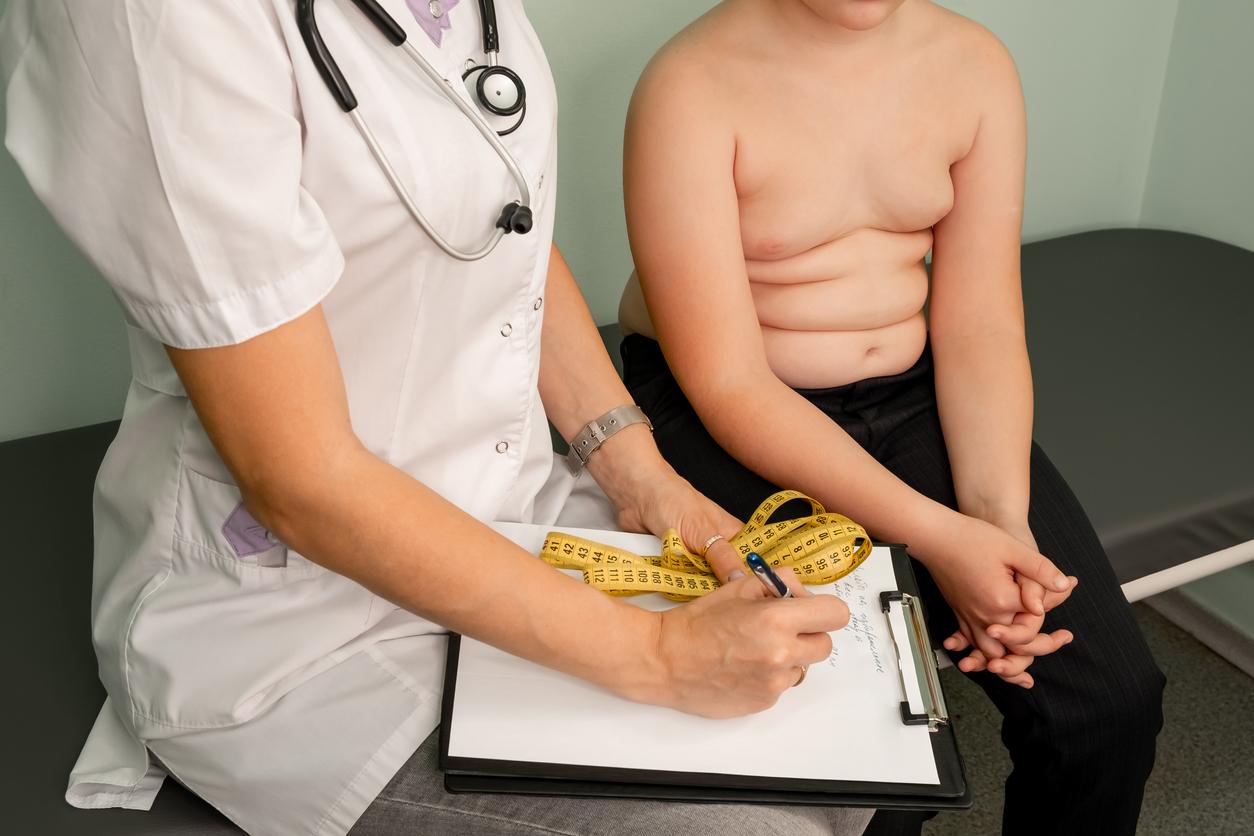
New methods
The earlier cancer is detected, the greater the chance of a cure. Fortunately, new detection methods ensure that cancer is found earlier and earlier.
For example, computer technology improves the diagnosis of breast cancer. Furthermore, the discovery of new (properties of) genes ensures that other cancers, such as prostate cancer, can also be identified earlier and with much more certainty. That’s great, because it reduces the risk of dying from cancer.
Risk groups
Cancer can be detected before it causes symptoms. This is important, because that is when the chance of recovery is greatest. Some people belong to a risk group for a certain type of cancer based on their age, heredity or circumstances.
It is therefore important to examine these people as a precaution. Think of the population screening for cervical cancer for women over 30. The so-called Pap smear.
Computer system in breast cancer
The breast cancer screening program has resulted in 20 percent fewer deaths (800 per year) in 20 years. In recent years, the quality of the photo has improved considerably thanks to digitization.
The UMC St. Radboud in Nijmegen is working on the development of a computer system that compares the thousands of digitally stored breast photos. After comparison, the software interprets for each photo whether there may be breast cancer.
A big advantage here is that the computer does not suffer from fatigue. It can judge many photos in succession. A radiologist may misinterpret a picture, for example because he/she is tired. The more photos there are in the system, the greater the chance of a correct assessment by the computer.
This does not mean that the computer will take over completely. The radiologist is supported by the computer and therefore has more time to assess specific cases. This significantly increases the chance of early detection and cure of breast cancer.
Research in prostate cancer
Nearly 7,000 men are diagnosed with prostate cancer every year. This makes it the most common cancer in men.
In current research into prostate cancer, a so-called PSA test (Prostate Specific Antigen) is used to determine whether there is an increased concentration of PSA in the body. However, research shows that in 80 percent of cases this does not indicate prostate cancer. A new method is currently being tested in practice. This test is based on a new gene (hereditary material), which was discovered by researchers at the Catholic University of Nijmegen: the PCA3 gene.
It turns out that this gene is 100 times more common in prostate cancer cells than in healthy prostate cells. This makes it possible to say with much more certainty whether someone has prostate cancer. If the test is successful, a better detection method has been found and many unnecessary treatments can be avoided.
Demonstrate tumors faster
Older methods of detecting cancer are based on looking for (too) many changes in the genes. From the 1990s it has gradually become clear that only 5 percent of all cancers arise in this way.
Much more often tumors are caused by the body turning genes on and off in certain cells of the body. That process is called methylation. Biotechnology companies are marketing tests – using techniques based on that process – that can detect cancer more quickly.
Gene knock out
Several years ago, researchers at the Netherlands Cancer Institute discovered five new genes that play a role in the development of cancer. They previously developed a method with which genes can be switched off.
This ‘gene knock out’ makes it possible to determine what certain genes do. And that’s how they discovered these new genes. In the future, this technique can detect more genes that cause cancer. It can also help develop new cancer treatments.
Limit the risks
New detection methods ensure a faster detection of cancer and a greater chance of a cure. But prevention is always better than cure! Getting cancer can never be completely ruled out, but the risks can be reduced.
With at least half an hour of exercise a day, a healthy diet, no smoking and moderate or no drinking, you ensure that the chance is considerably smaller, even if it is hereditary. A healthy lifestyle can do no harm anyway, because it also lowers the risk of obesity, cardiovascular disease and diabetes.
Sources:















